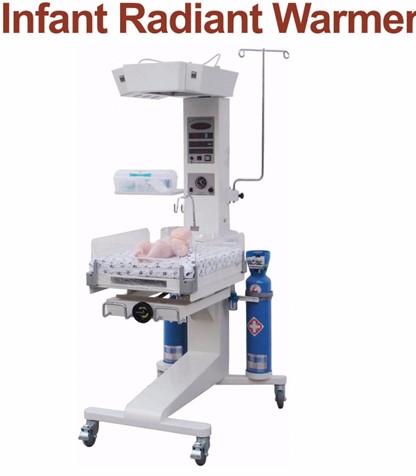The first sign of hypovolemic shock from postpartum hemorrhage is likely to be:
Hypotension
Cold, clammy skin
Tachycardia
Decreased urinary output
The Correct Answer is C
Tachycardia. Tachycardia is a sign of hypovolemic shock from postpartum hemorrhage, which occurs when the blood volume is reduced and the heart rate increases to compensate for the low cardiac output and tissue perfusion. Tachycardia is usually the first sign of hypovolemic shock, as it can occur even before a significant drop in blood pressure or other symptoms.
Choice A. Hypotension is incorrect because it is a late sign of hypovolemic shock, which occurs when the compensatory mechanisms fail to maintain adequate blood pressure and organ perfusion.
Choice B. Cold, clammy skin is incorrect because it is a sign of peripheral vasoconstriction, which occurs as a compensatory mechanism to divert blood flow to the vital organs. However, it is not specific to hypovolemic shock and can occur in other types of shock as well.
Choice D. Decreased urinary output is incorrect because it is a sign of renal impairment, which occurs as a result of reduced blood flow to the kidneys. However, it is not specific to hypovolemic shock and can occur in other types of shock or renal disorders as well.
Nursing Test Bank
Naxlex Comprehensive Predictor Exams
Related Questions
Correct Answer is A
Explanation
This action helps to prevent cold stress. This is because cold stress is a condition where the newborn's core temperature drops below 36.5°C and they use energy and oxygen to generate warmth. This can lead to hypoglycemia, metabolic acidosis, hypoxia, and an increased risk of infection.
Placing the newborn under a radiant warmer provides thermal stability and prevents heat loss by radiation.
Choice B is wrong because thermogenesis is the process of heat production, not a complication.
Choice C is wrong because shivering is a mechanism of heat production in adults, not in newborns.
Choice D is wrong because brown fat production is a normal feature of newborns that helps them generate heat by lipolysis.
Here is an image of a newborn under a radiant warmer.

Correct Answer is C
Explanation
ask the client to empty her bladder. A full bladder can cause the uterus to be displaced and lead to excessive bleeding. The moderate lochia rubra, normal temperature, soft breasts, firm fundus, slightly deviated to the right, pulse rate of 88/min, and respiratory rate of 18/min are all normal findings.
Choice A is not correct because the client's milk will come in regardless of nursing frequency.
Choice B is not correct because the client's temperature is within normal limits.
Choice D is not correct because there is no indication of an increase in IV fluids.
Whether you are a student looking to ace your exams or a practicing nurse seeking to enhance your expertise , our nursing education contents will empower you with the confidence and competence to make a difference in the lives of patients and become a respected leader in the healthcare field.
Visit Naxlex, invest in your future and unlock endless possibilities with our unparalleled nursing education contents today
Report Wrong Answer on the Current Question
Do you disagree with the answer? If yes, what is your expected answer? Explain.
Kindly be descriptive with the issue you are facing.
